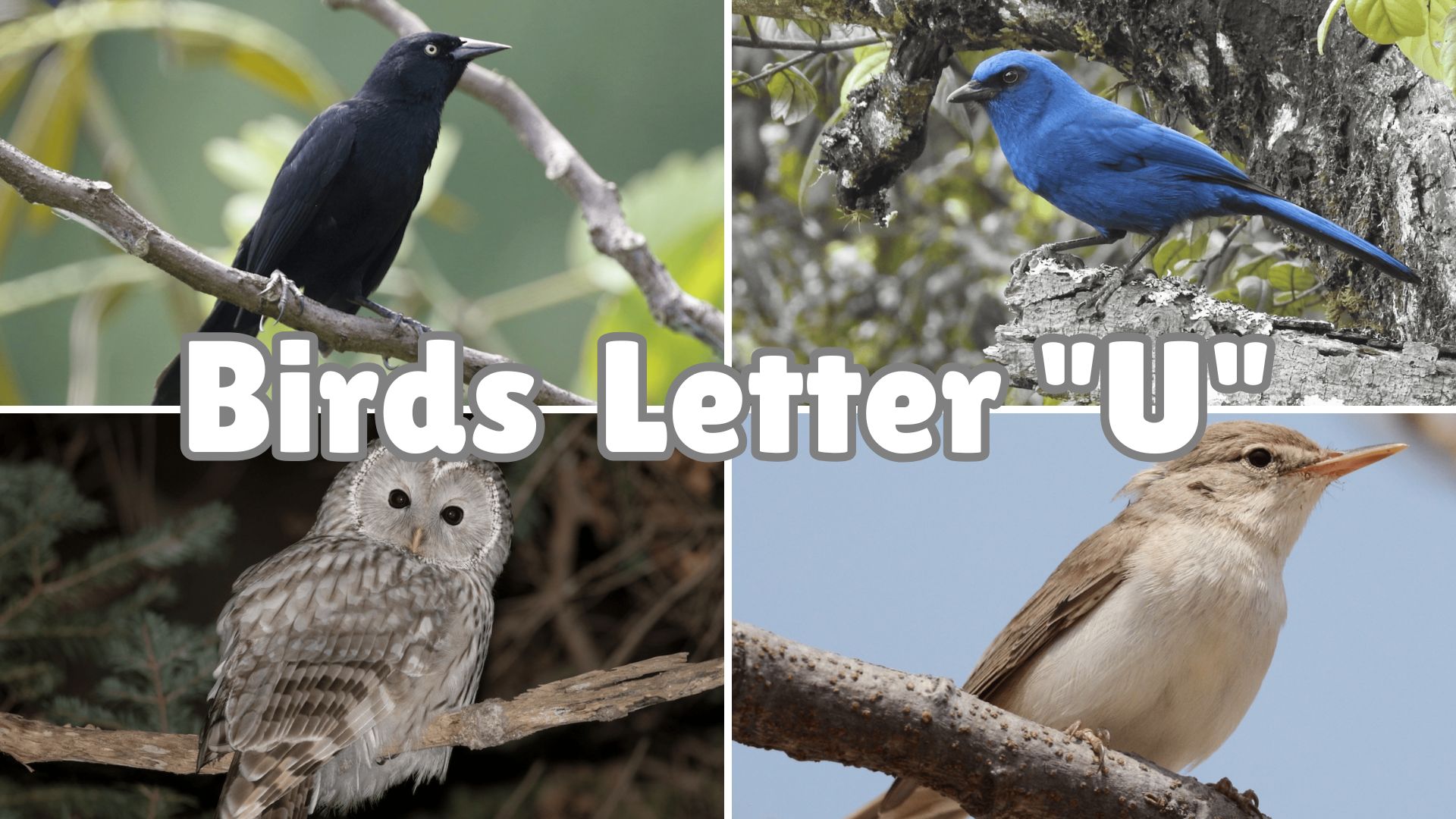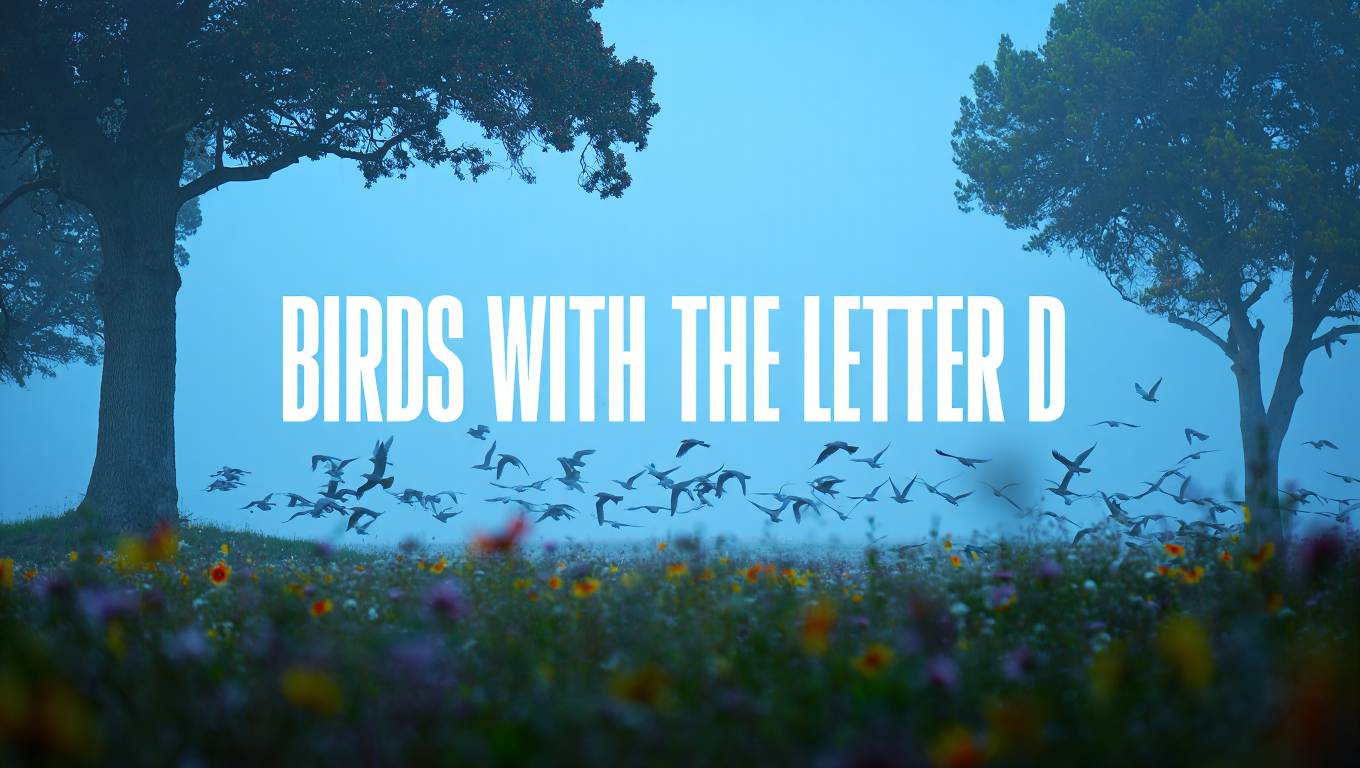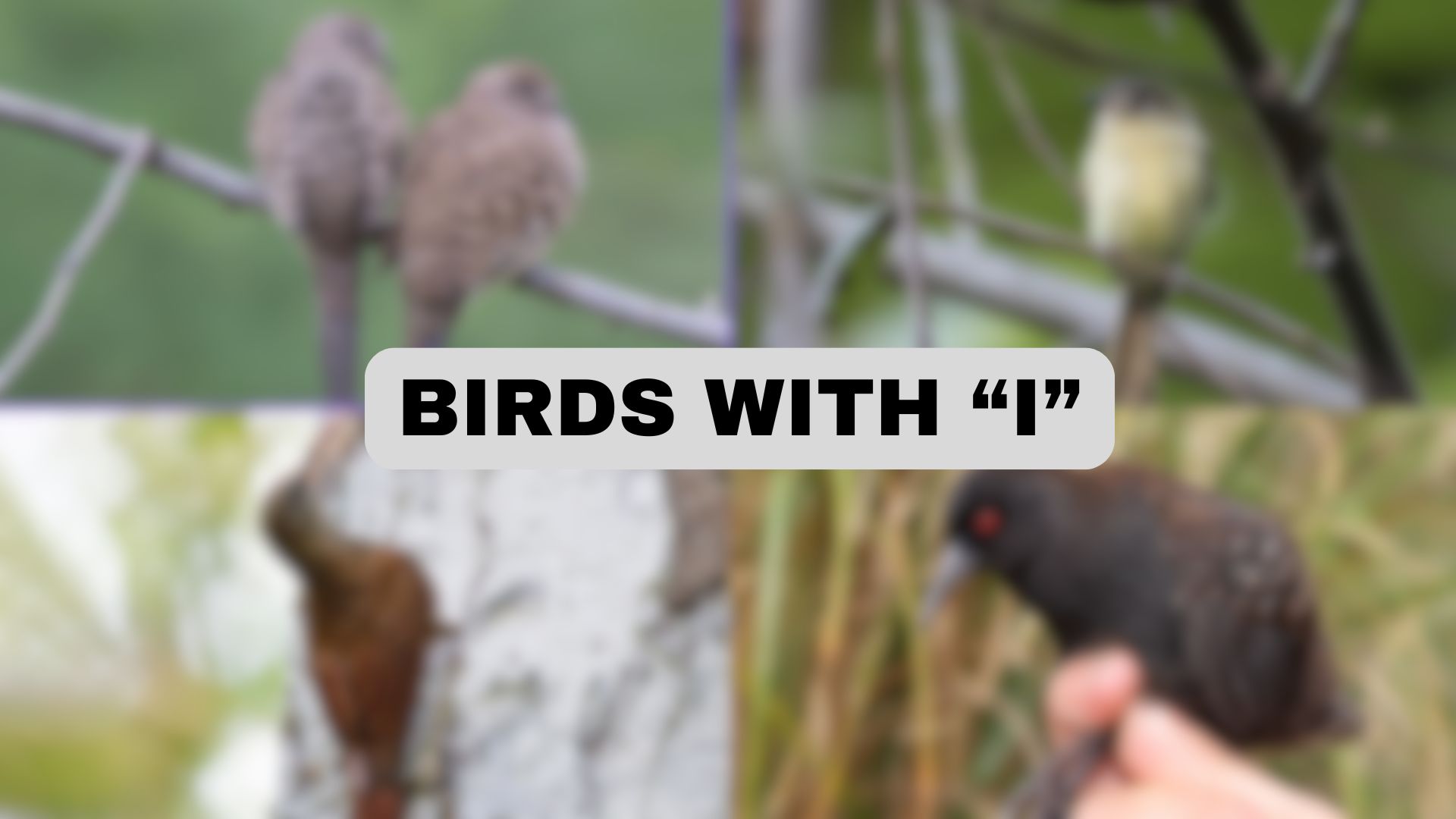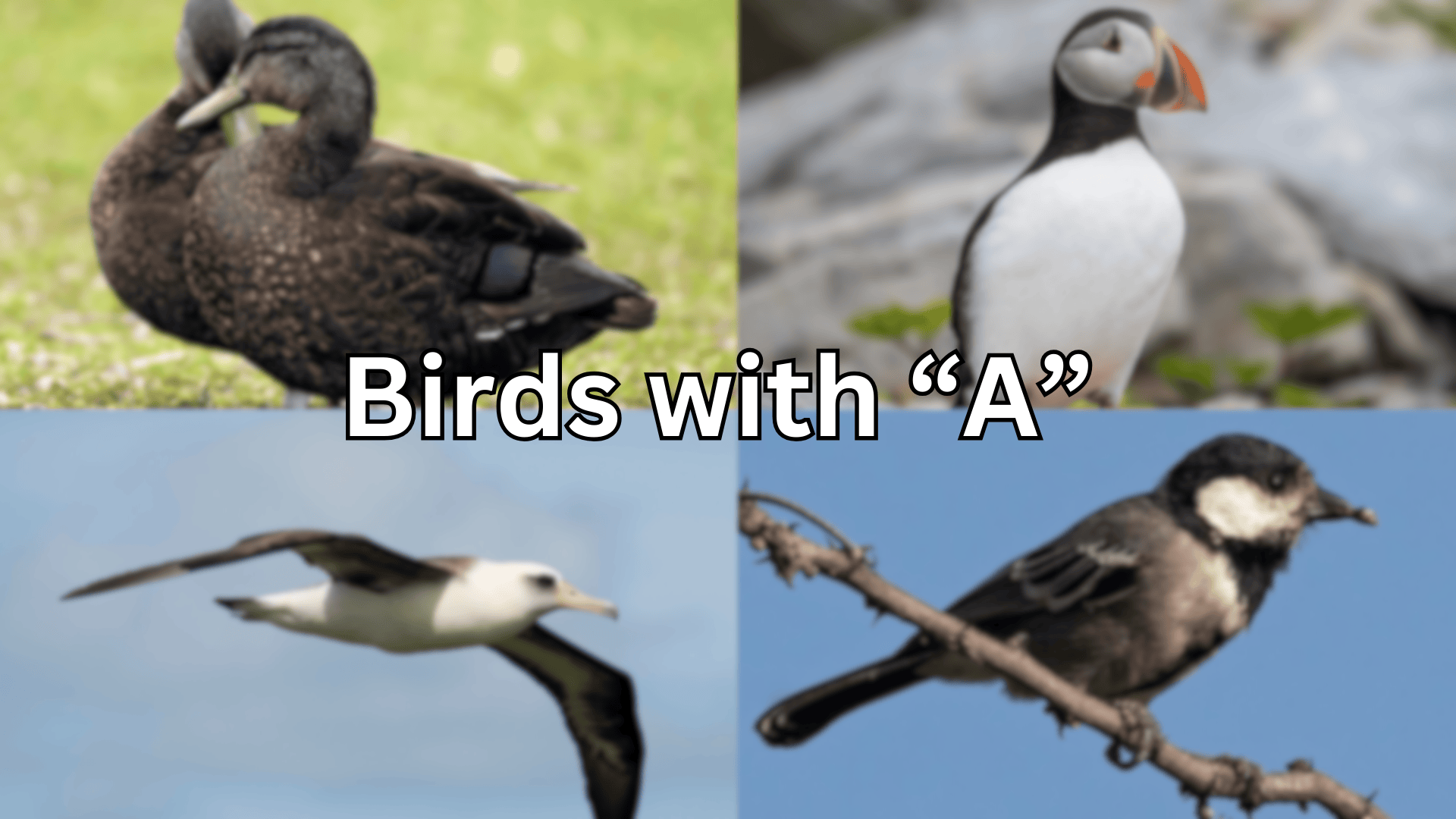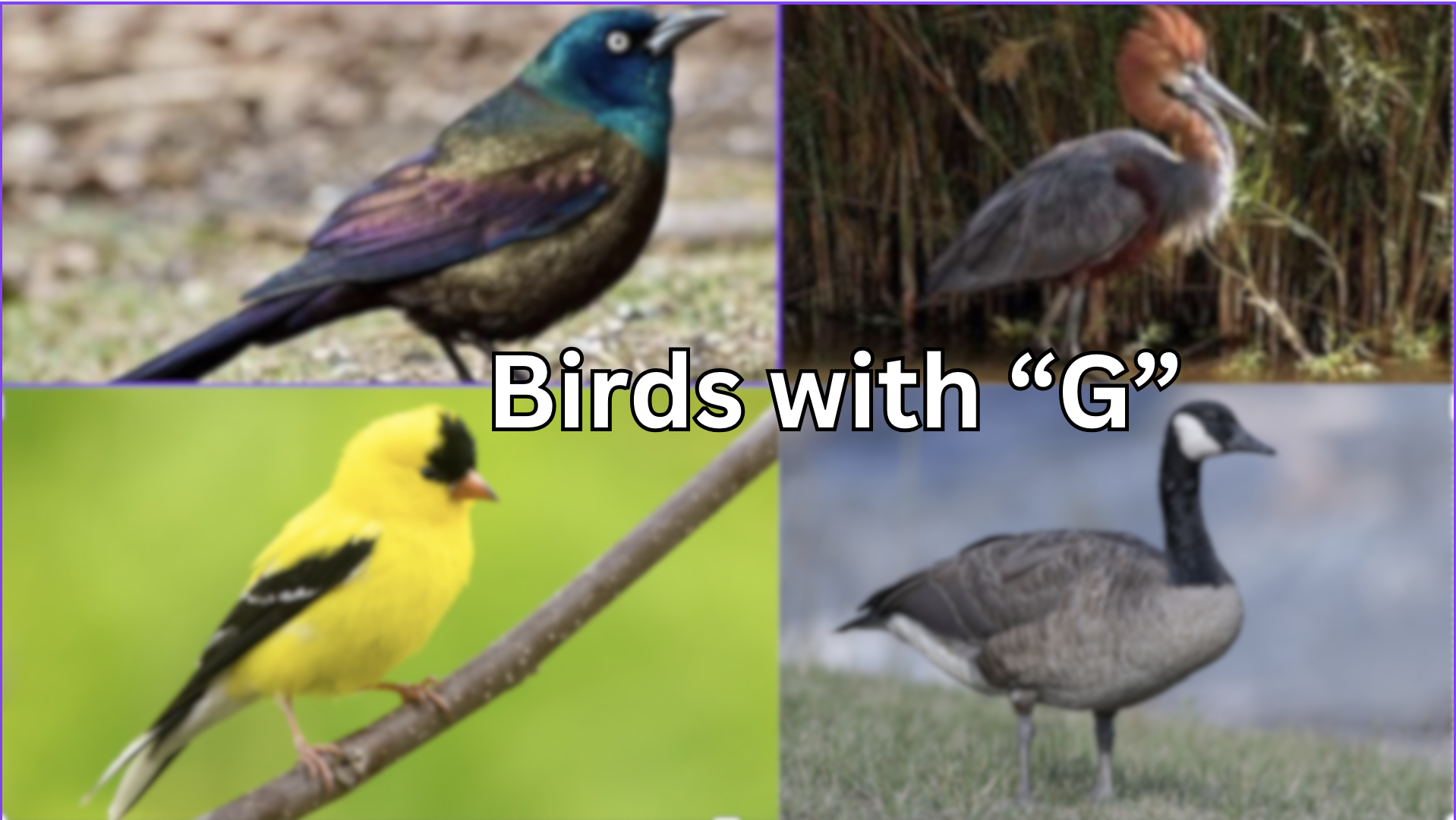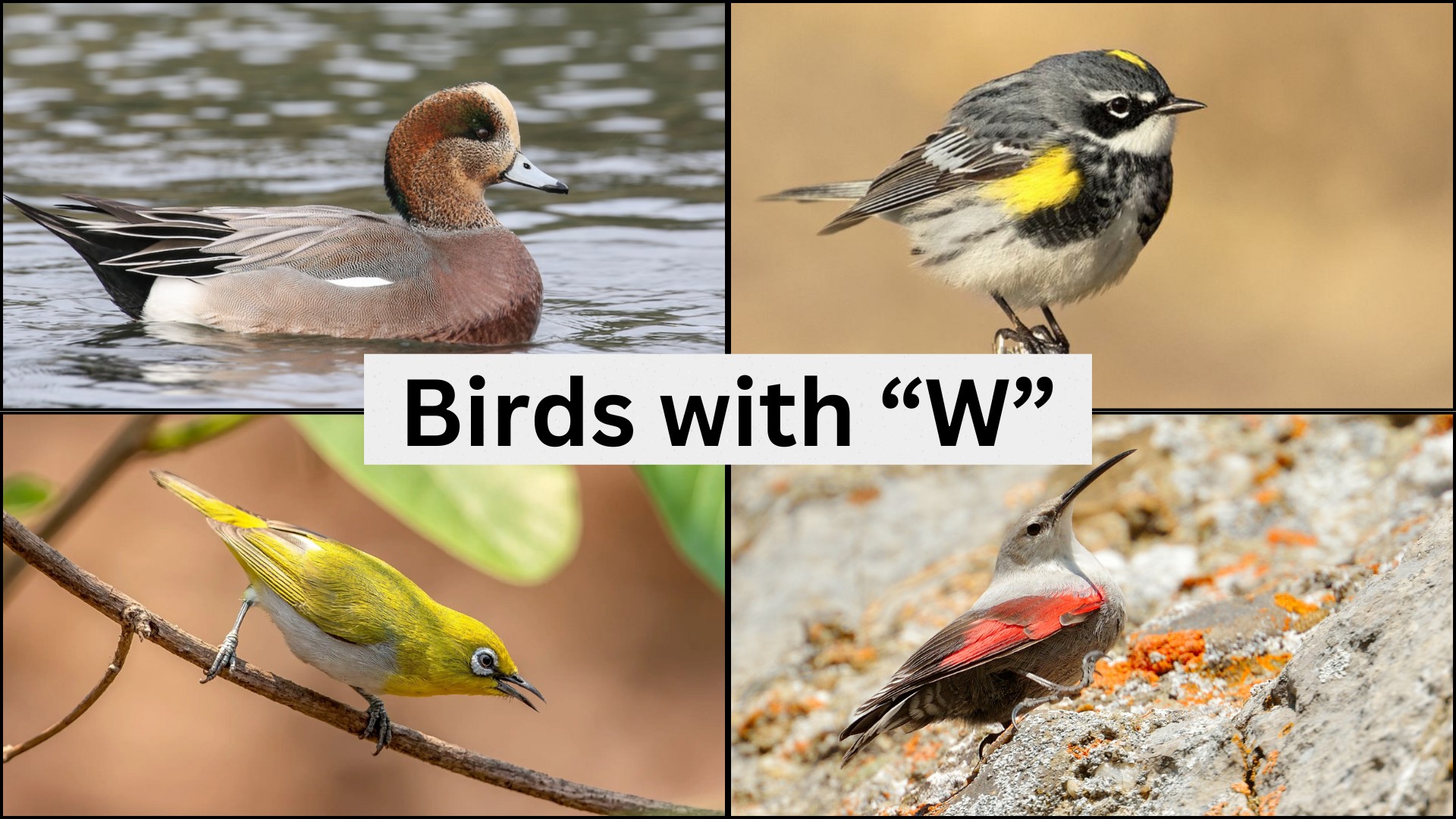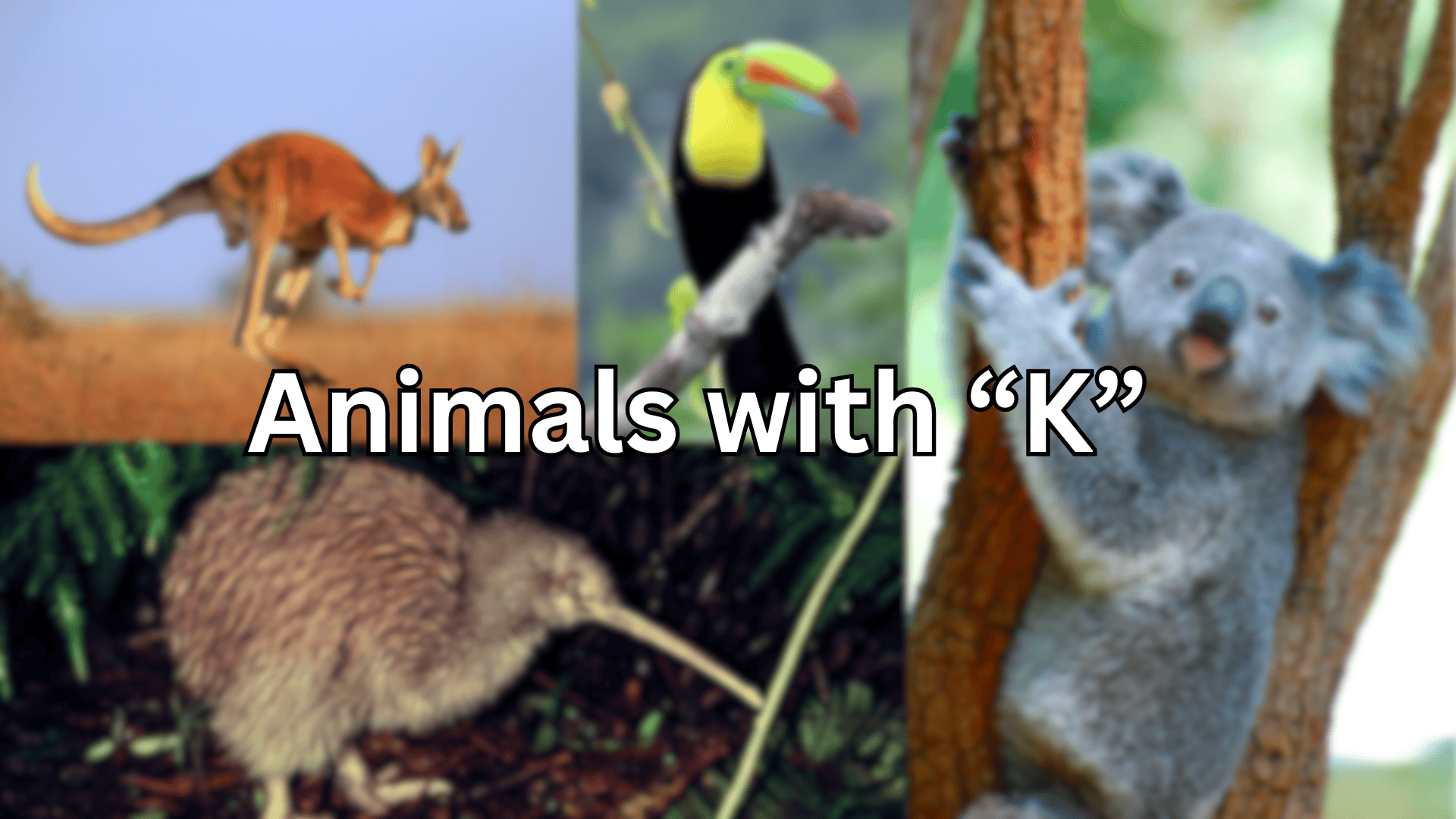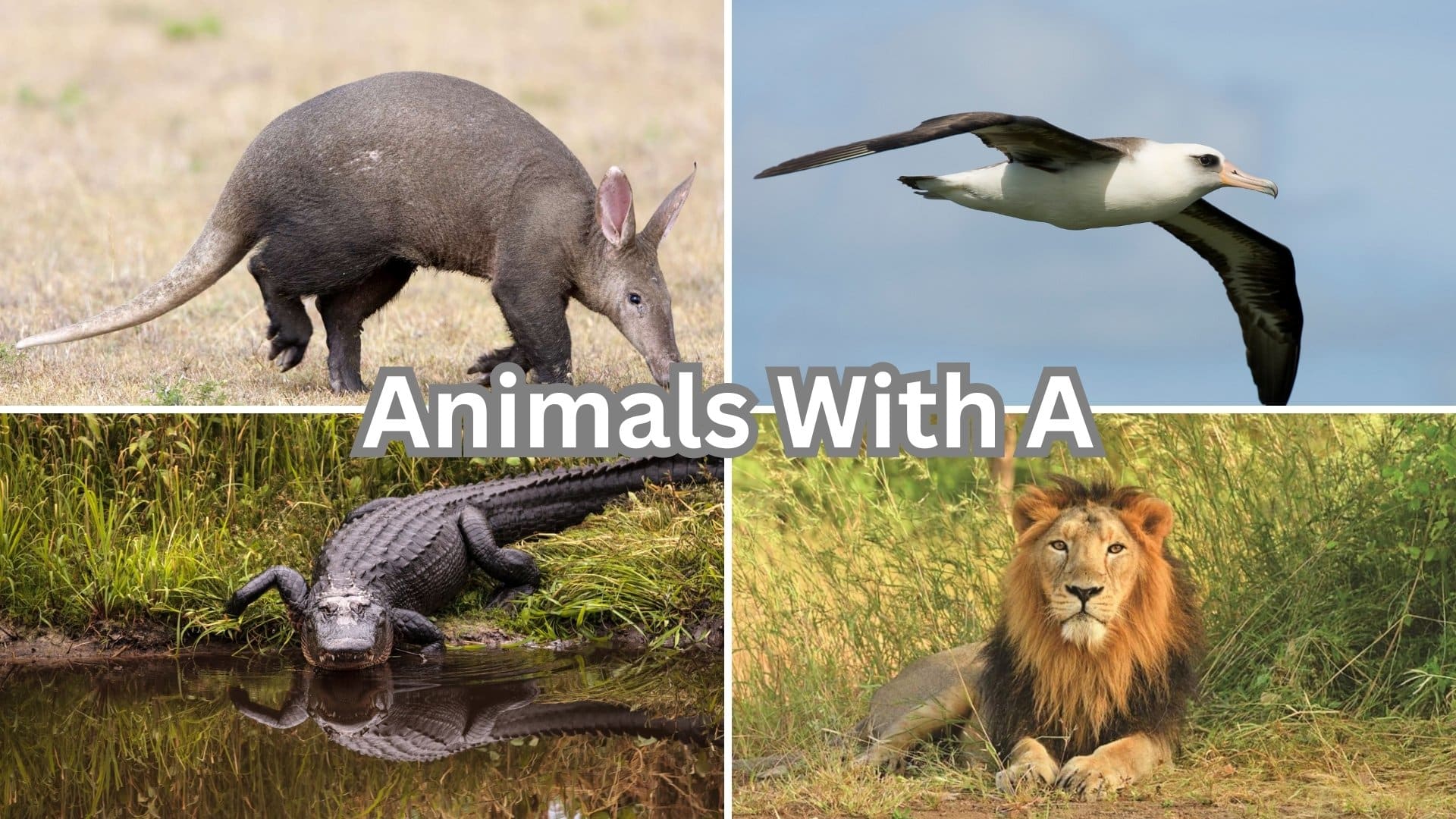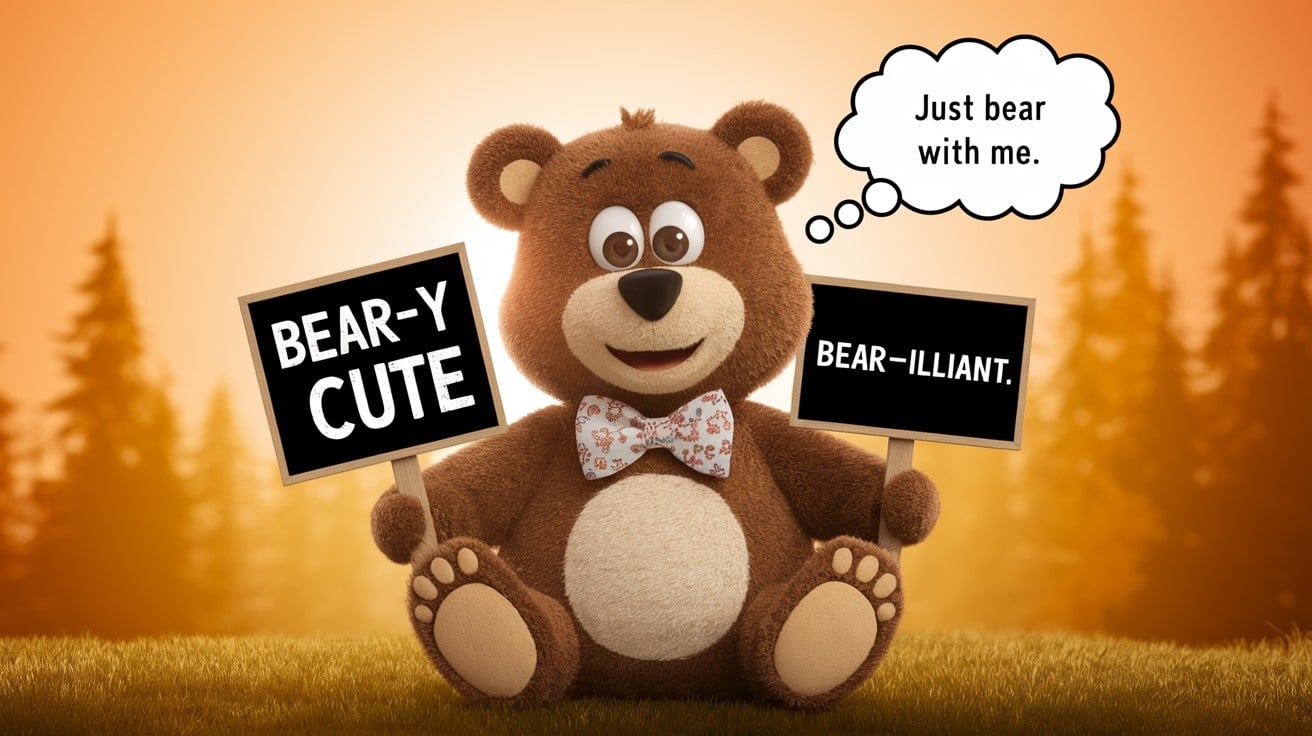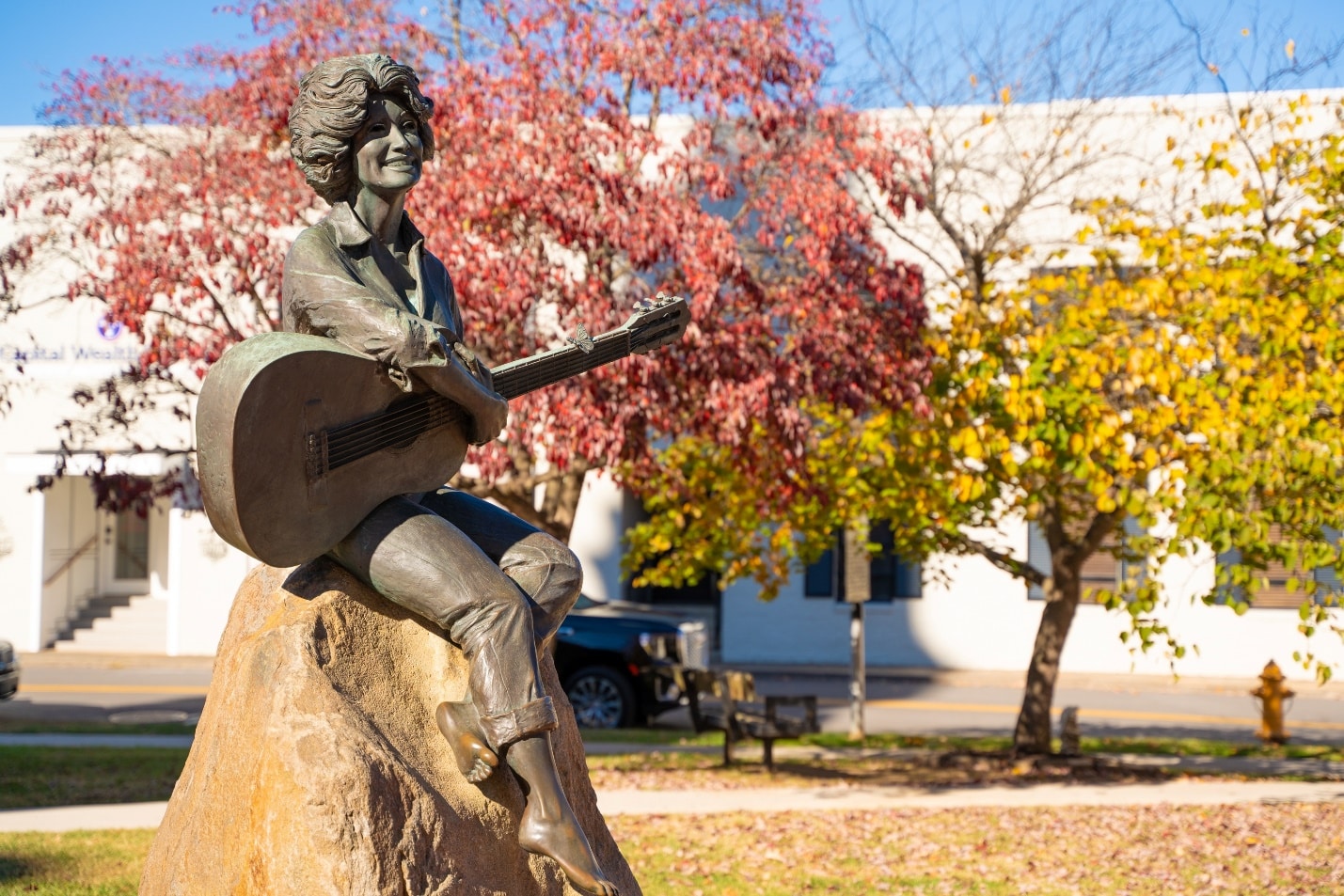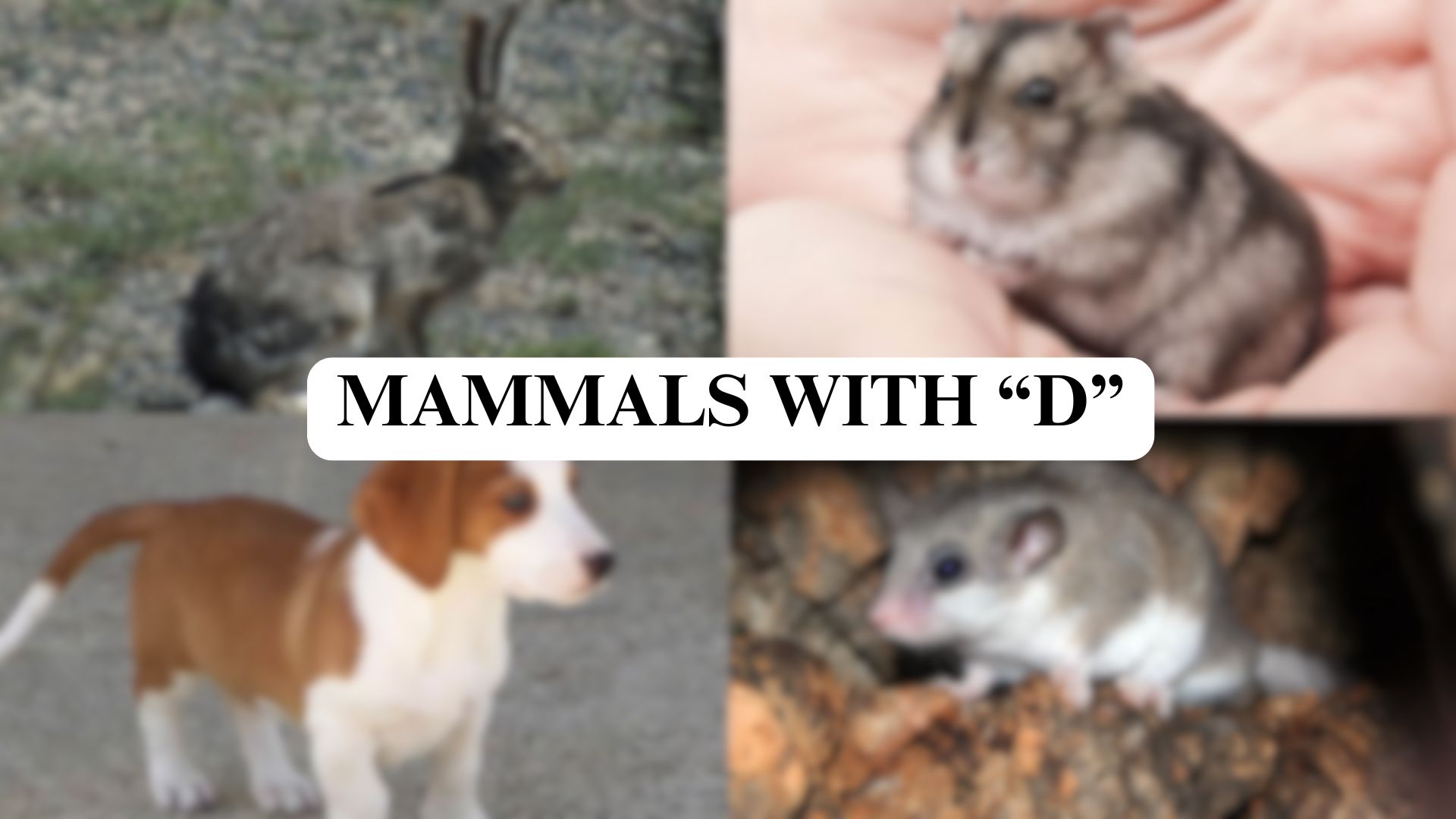
What makes mammals that start with the letter D so special? From dogs to dolphins, mammals with “D” names show amazing variety in both size and habitat.
These creatures live everywhere – from deep ocean waters to backyard homes. Dachshunds make loyal pets, while deer roam forests worldwide.
Some, like the Dingo, have adapted to harsh wild environments, while others, like the Doxiepoo, enjoy life as family companions.
This guide uncovers different mammals whose names begin with D and shares facts about where they live, what they eat, and what makes each one special.
Mammals with “D”: Interesting Facts for Animal Lovers
1. Dachshund

The Dachshund is a small, long-bodied dog known for its playful and curious nature. Originally bred in Germany for hunting, these dogs are brave, independent, and often described as having big personalities despite their small size.
They make excellent companions and are perfect for active families who enjoy regular exercise.
- Region of Habitat: Originated in Germany, but now found globally as a companion animal.
- Scientific Name:Canis lupus familiaris
- Feeding Habits: Omnivorous, primarily eating high-quality dog food, meat, and vegetables.
- What Sound They Make: Typically bark to alert or greet, often with a distinctive, high-pitched sound.
Fun Facts
Dachshunds are famously stubborn but are also incredibly affectionate towards their families. Despite their small size, they have an incredibly strong hunting instinct, and they were originally bred to dig into burrows and chase out small animals like badgers.
2. Dalmatian
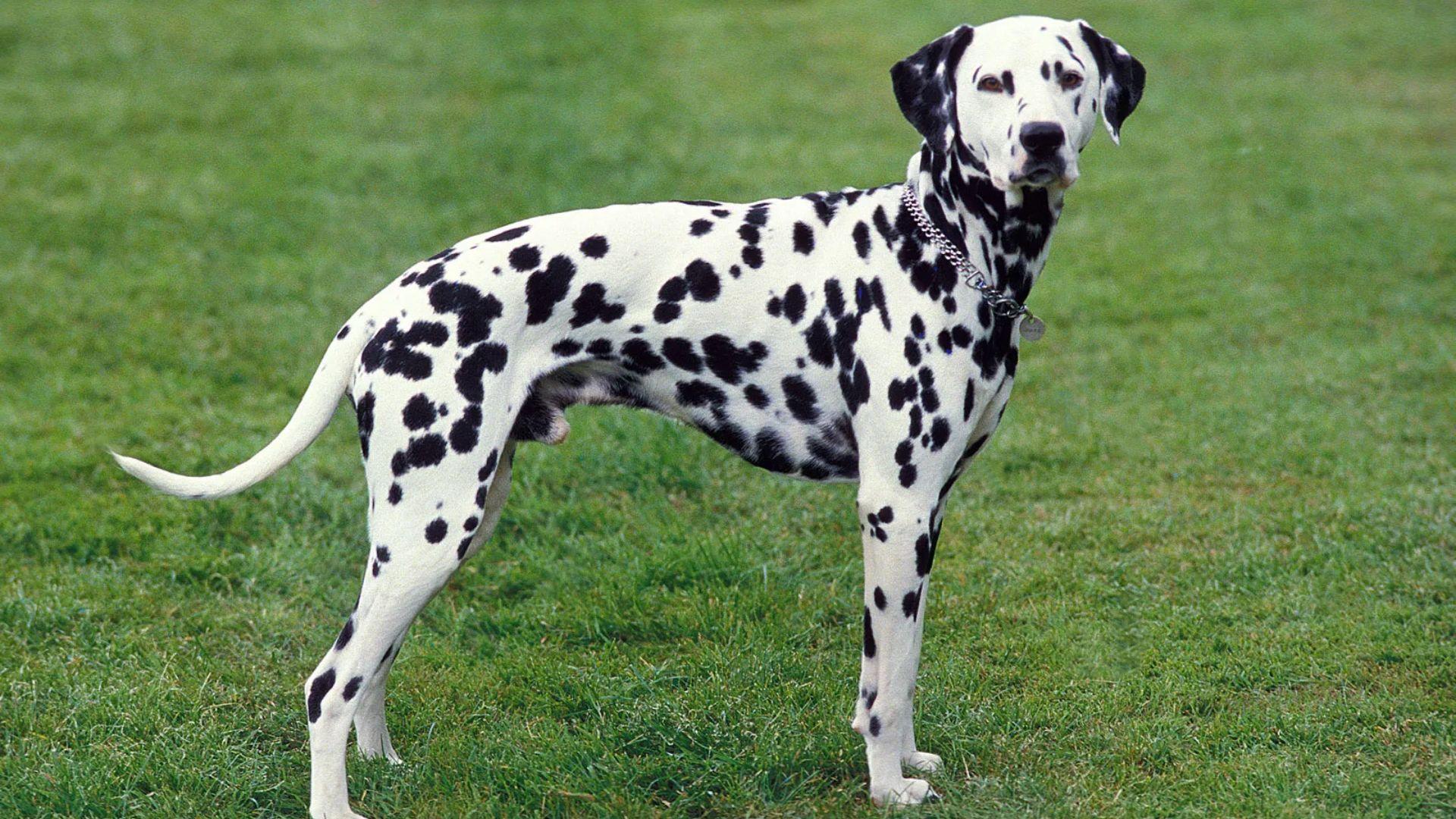
Dalmatian dogs are known for their distinctive white coat with black spots. Historically used as carriage dogs, they are energetic, intelligent, and friendly.
They require plenty of exercise and are highly social, making them ideal for active families. Their energetic nature makes them perfect companions for outdoor activities.
- Region of Habitat: Originated in Croatia, widely found around the world.
- Scientific Name:Canis lupus familiaris
- Feeding Habits: Omnivorous, typically fed on high-protein dog food with meat and vegetables.
- What Sound They Make: Known for barking loudly, particularly when excited or alerting their owners.
Fun Facts
Dalmatian puppies are born completely white. Their spots begin to develop over time, usually starting at around 10 days old. This breed is also famous for its historical role as a firehouse dog, helping to clear the way for fire trucks during the 18th century.
3. Deer
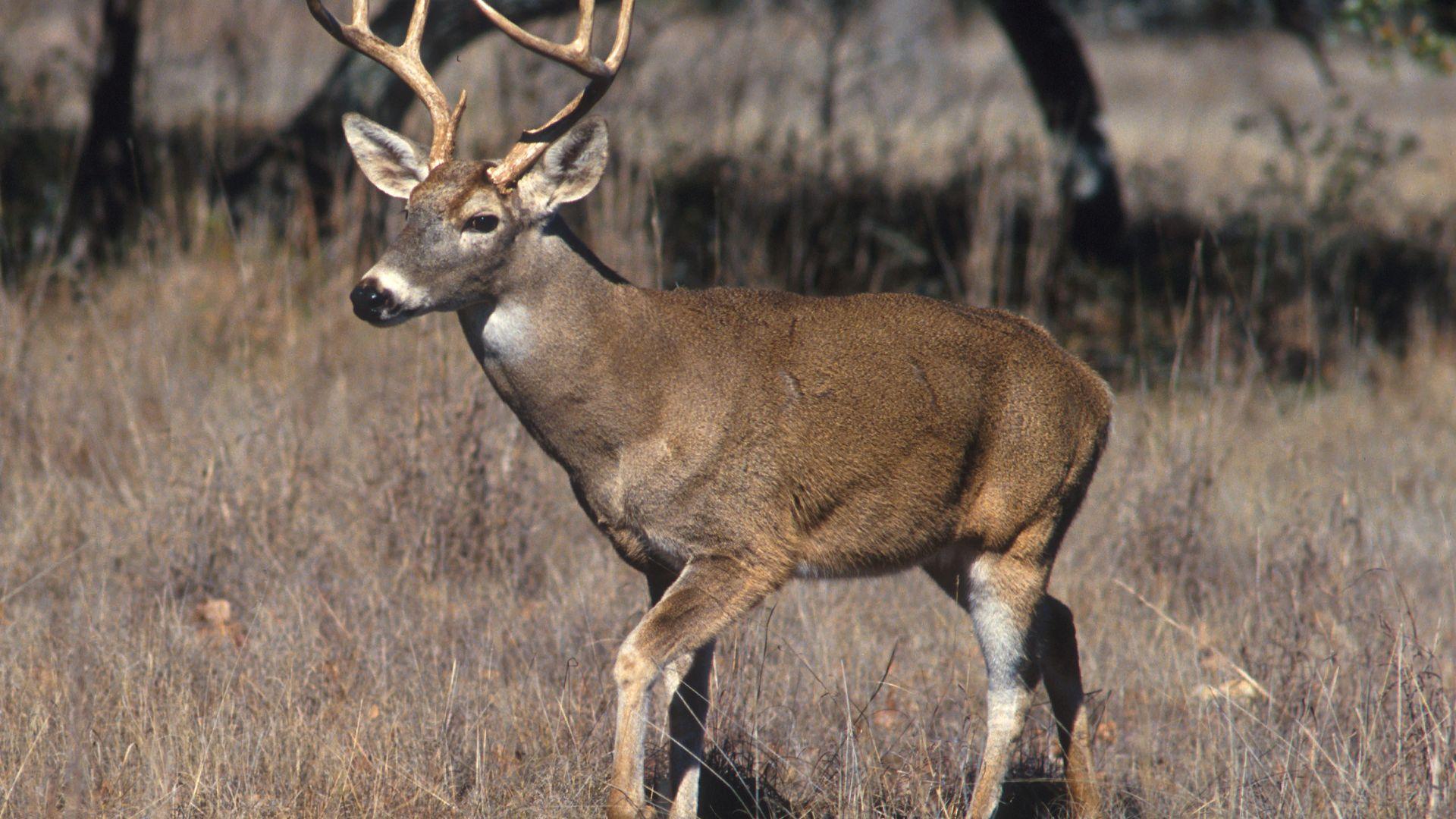
Deer are graceful herbivorous mammals known for their slender bodies and agile movements. With over 90 species globally, they are often found in forests, grasslands, and even urban areas.
Their diet consists of plants, leaves, and sometimes fruits, making them primarily browsers. They are known for their speed and alertness.
- Region of Habitat: Found worldwide in forests, grasslands, and temperate regions.
- Scientific Name:Cervidae
- Feeding Habits: Herbivores primarily consume leaves, grass, and shrubs.
- What Sound They Make: Deer communicate through soft grunts, snorts, and, during rutting season, loud calls.
Fun Facts
Deer are incredibly swift and can reach speeds of up to 30 miles per hour. Their excellent sense of hearing and smell help them detect predators. Male deer grow antlers annually, shedding and regrowing them as part of their mating rituals.
4. Deer Head Chihuahua
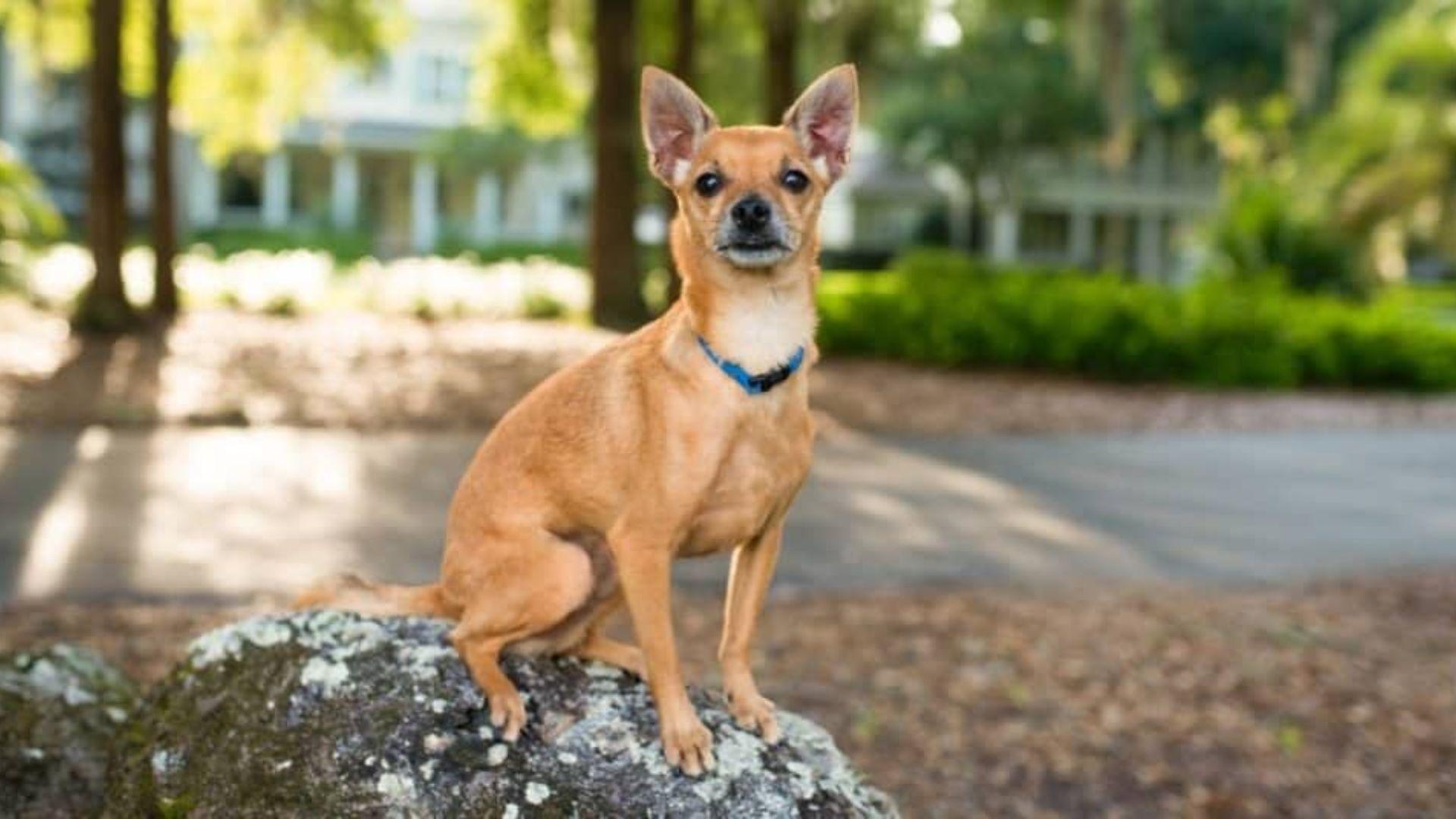
The Deer Head Chihuahua is a small dog with a long, angular face. They are known for their playful, alert nature, and they form strong bonds with their owners.
This variety of Chihuahua tends to be more relaxed and calm than the Apple Head variety, which has a keen sense of alertness.
- Region of Habitat: Native to Mexico but common in households worldwide.
- Scientific Name:Canis lupus familiaris
- Feeding Habits: Omnivorous, relying on a balanced dog food diet.
- What Sound They Make: Typically, they make high-pitched barks, often accompanied by whining.
Fun Facts
The Deer Head Chihuahua’s face resembles that of a deer, giving it its name. This is one of the oldest known dog breeds. It is often considered a symbol of Mexican culture. It has a long history of companionship and loyalty.
5. Deer Mouse
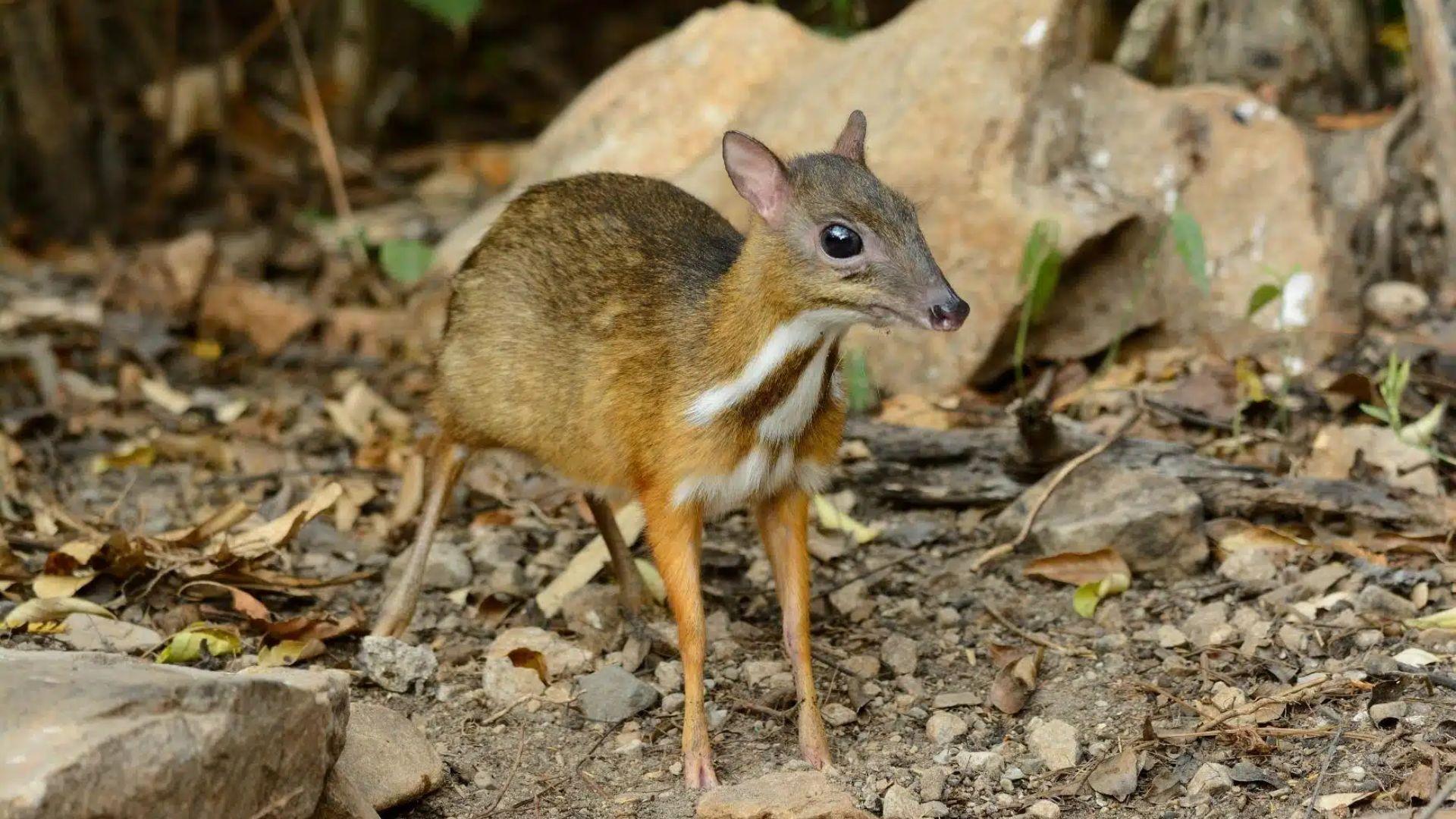
The Deer Mouse is a small rodent often found in North America. It has large eyes and a long tail and typically lives in wooded or grassy habitats. Deer mice are nocturnal and omnivorous and can adapt to living in rural or suburban environments. They are agile and excellent climbers.
- Region of Habitat: Found across North America, especially in rural areas and forests.
- Scientific Name:Peromyscus maniculatus
- Feeding Habits: Omnivorous, feeding on seeds, insects, fruits, and nuts.
- What Sound They Make: Mice communicate with squeaks and high-pitched sounds.
Fun Facts
Deer mice are one of the main carriers of Lyme disease, making them important in the ecology of zoonotic diseases. Despite their small size, they are excellent climbers and can jump impressive distances relative to their size.
6. Doberman Pinscher
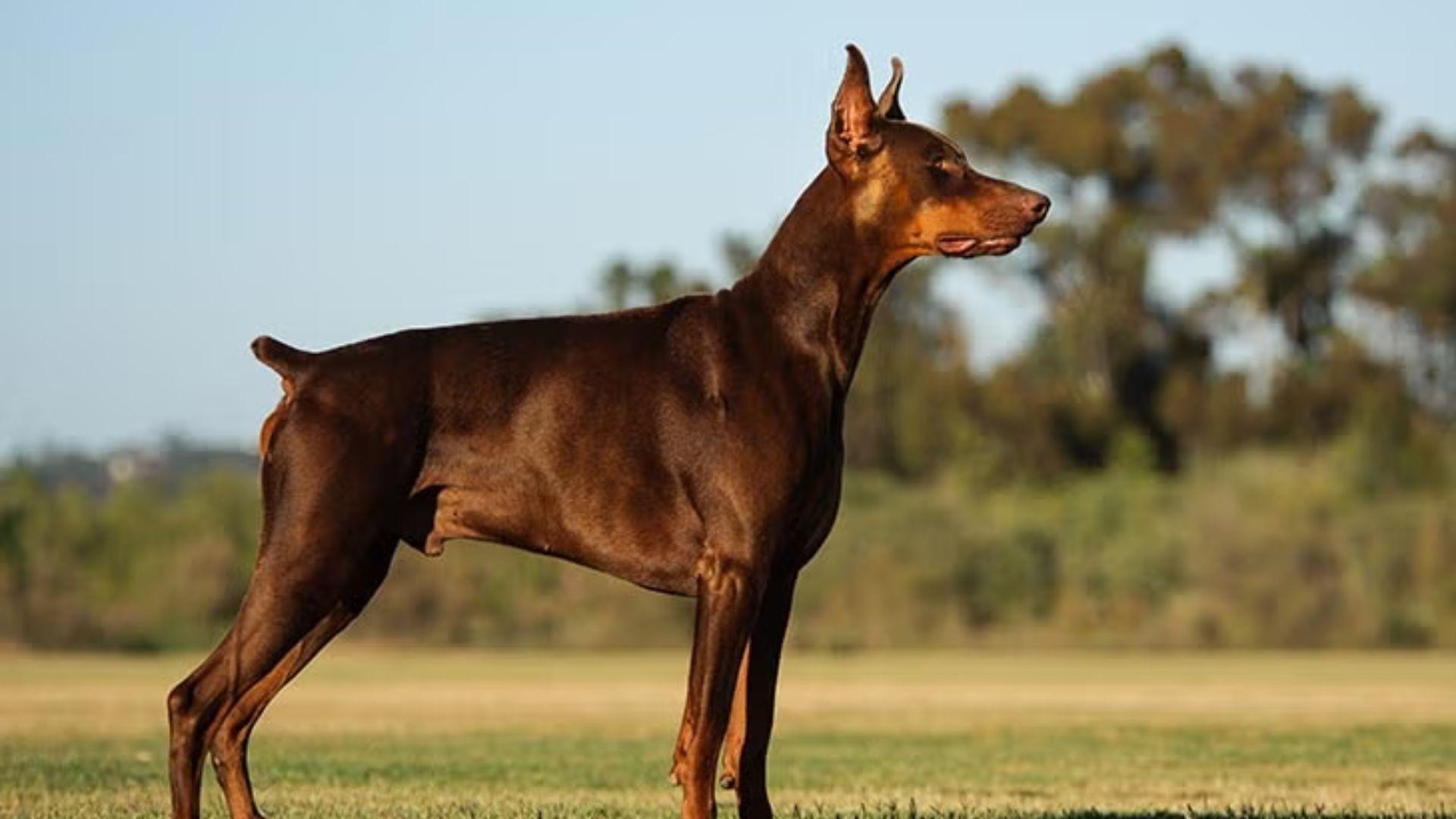
The Doberman Pinscher is a medium-to-large breed known for its sleek appearance and energetic nature.
Originally bred in Germany for protection, this breed is highly intelligent, alert, and loyal. They are ideal guard dogs but require early socialization and plenty of exercise.
- Region of Habitat: Originated in Germany, but now a popular breed worldwide.
- Scientific Name:Canis lupus familiaris
- Feeding Habits: Carnivorous, primarily eating meat-based dog food.
- What Sound They Make: Dobermans have a deep, resonant bark used for protection and alerting.
Fun Facts
The Doberman Pinscher’s strong reputation as a police and military dog comes from their intelligence and loyalty.
Despite their intimidating appearance, they are often affectionate and gentle with their families, making them excellent companions.
7. Dog

Dogs are domesticated mammals that have lived alongside humans for thousands of years. With over 340 breeds worldwide, they serve as pets, service animals, and workers in various industries.
Their loyalty, intelligence, and ability to adapt to human needs make them invaluable companions.
- Region of Habitat: Found globally, living in homes and diverse environments.
- Scientific Name:Canis lupus familiaris
- Feeding Habits: Omnivorous, with a diet ranging from meat to vegetables.
- What Sound They Make: Dogs bark, whine, growl, and howl to communicate.
Fun Facts
Dogs have been bred for a wide variety of purposes, from herding sheep to sniffing out bombs. Despite their diverse roles, dogs are universally known for their loyalty, often forming deep bonds with their human companions.
8. Dogo Argentino
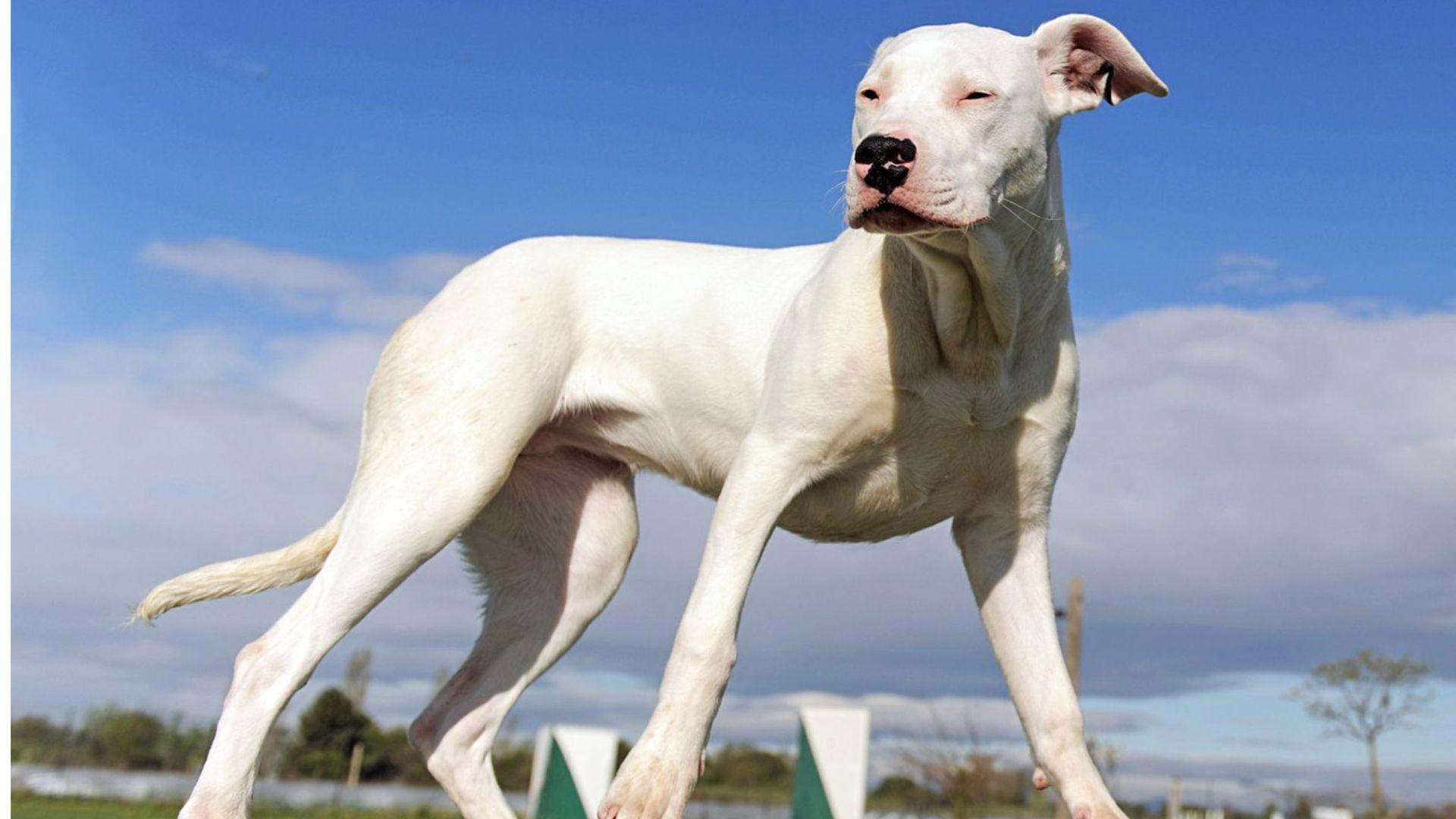
The Dogo Argentino is a large, muscular dog breed from Argentina. Known for its hunting abilities, it is both protective and affectionate towards its family.
This breed is intelligent, strong-willed, and requires early socialization and training. They are great guard dogs and companions for active owners.
- Region of Habitat: Native to Argentina, commonly found as a working dog.
- Scientific Name:Canis lupus familiaris
- Feeding Habits: Carnivorous, mainly consuming high-protein dog food.
- What Sound They Make: The Dogo Argentino typically barks loudly, especially when it senses danger.
Fun Facts
The Dogo Argentino was originally bred to hunt big game, including wild boar. Despite its fierce nature, it is incredibly affectionate and protective of its family, making it an excellent family pet for experienced owners.
9. Dogue De Bordeaux

The Dogue de Bordeaux, also known as the French Mastiff, is a powerful and muscular breed. Historically used as a guard dog and for herding cattle, it is gentle and loyal to its family. Due to its strong temperament, the breed requires early training.
- Region of Habitat: Originated in France, now popular worldwide.
- Scientific Name:Canis lupus familiaris
- Feeding Habits: Omnivorous, requiring a high-protein diet.
- What Sound They Make: Known for their deep, booming bark that can be intimidating.
Fun Facts
The Dogue de Bordeaux is one of the oldest French breeds, and its strength made it invaluable for work.
Although this breed has a short lifespan compared to other dogs, it is known for its loyalty and gentle nature despite its imposing size.
10. Dolphin

Dolphins are highly intelligent marine mammals known for their playful behavior, social nature, and advanced communication skills.
Found in oceans worldwide, dolphins are often regarded as one of the most intelligent non-human animals.
- Region of Habitat: Oceans worldwide, typically in shallow waters.
- Scientific Name:Delphinidae
- Feeding Habits: Carnivorous, primarily eating fish and squid.
- What Sound They Make: Dolphins communicate with clicks, whistles, and chirps.
Fun Facts
Dolphins are known for their ability to use tools, such as marine sponges, to protect their snouts while foraging on the ocean floor.
They also display complex social behaviors, including cooperation and even play, making them one of the most social creatures in the animal kingdom.
11. Donkey
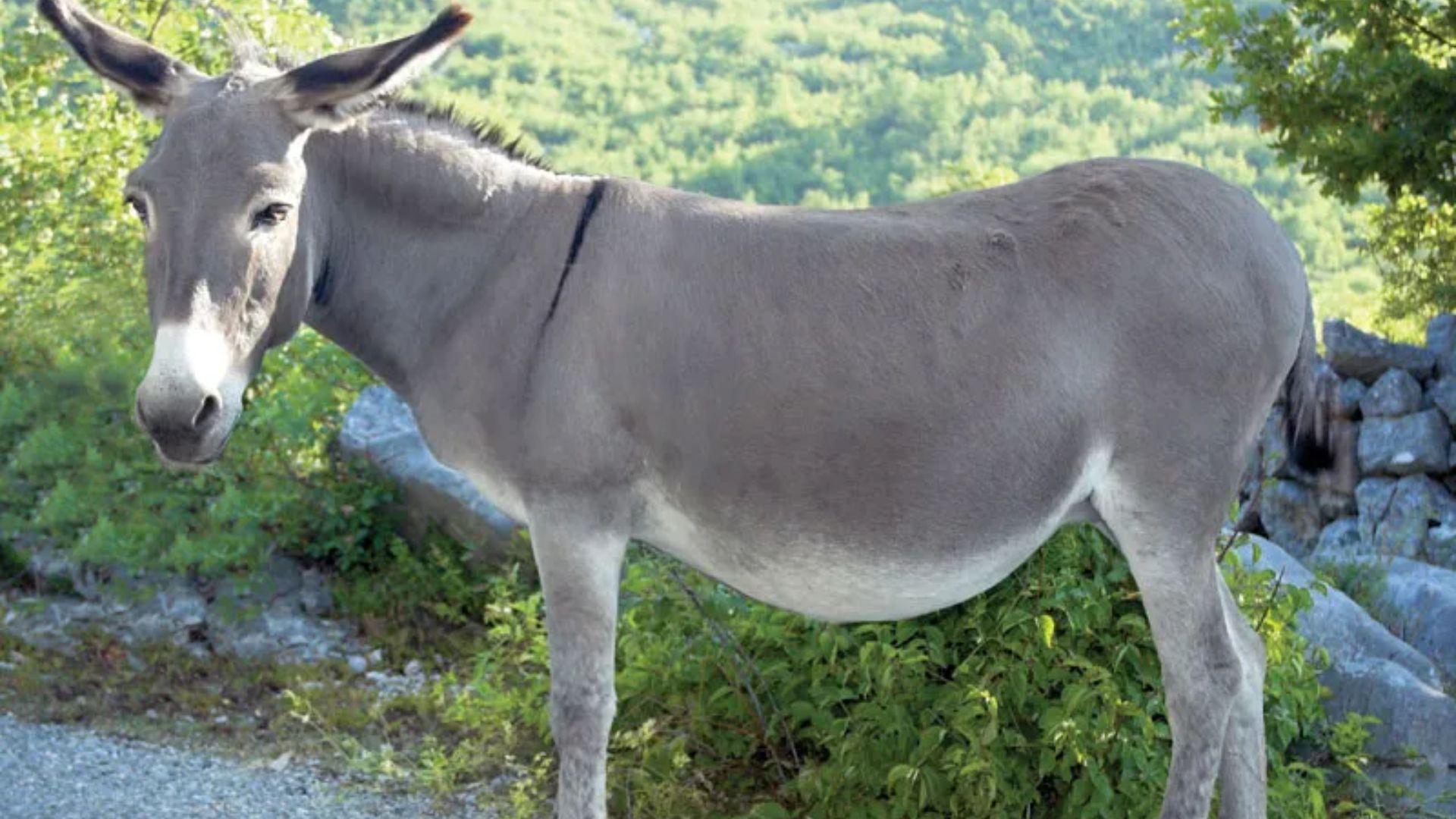
Donkeys are domesticated mammals known for their strength and resilience. They have been used as working animals for thousands of years, particularly for carrying loads.
Donkeys are social, intelligent, and friendly creatures, often seen in rural areas where they assist with farming and transportation.
- Region of Habitat: Found in domesticated settings worldwide, originally from Africa and Asia.
- Scientific Name:Equus asinus
- Feeding Habits: Herbivores primarily eat grass, hay, and other vegetation.
- What Sound They Make: Donkeys are known for their distinctive “hee-haw” braying sound.
Fun Facts
Donkeys are incredibly strong for their size and have been used as pack animals for centuries. Despite their reputation for stubbornness, donkeys are very intelligent and can even recognize their name and respond to commands when trained.
12. Dorgi

Dorgis are a hybrid breed, a cross between a Dachshund and a Corgi. They are known for their short legs and long bodies, combining the playful nature of the Dachshund with the loyal, friendly traits of the Corgi. Dorgis make great family pets and are full of energy.
- Region of Habitat: Found in homes worldwide, particularly as companion pets.
- Scientific Name:Canis lupus familiaris
- Feeding Habits: Omnivorous, requiring a balanced diet of high-quality dog food.
- What Sound They Make: Dorgis bark, whine, and can make small growling noises when excited.
Fun Facts
Dorgis are known for their charming personalities and intelligence. They often inherit the Corgi’s herding instincts, which can result in some amusing behavior as they try to “herd” their family members, especially children.
13. Dorkie

A Dorkie is a mix between a Dachshund and a Yorkie (Yorkshire Terrier). These small but energetic dogs have feisty personalities. Dorkies are loyal and affectionate and make excellent lap dogs for families and good companions for individuals living in smaller spaces.
- Region of Habitat: Found in households globally, particularly in apartments and small homes.
- Scientific Name:Canis lupus familiaris
- Feeding Habits: Omnivorous, typically eating dog food, including meat and vegetables.
- What Sound They Make: Dorkies bark excitedly, especially when greeting family members or alerting to new stimuli.
Fun Facts
Dorkies are known for their cleverness and stubbornness. Despite their small size, they can be fearless and are often determined to protect their home and family, showing a brave streak much larger than their frame.
14. Dormouse
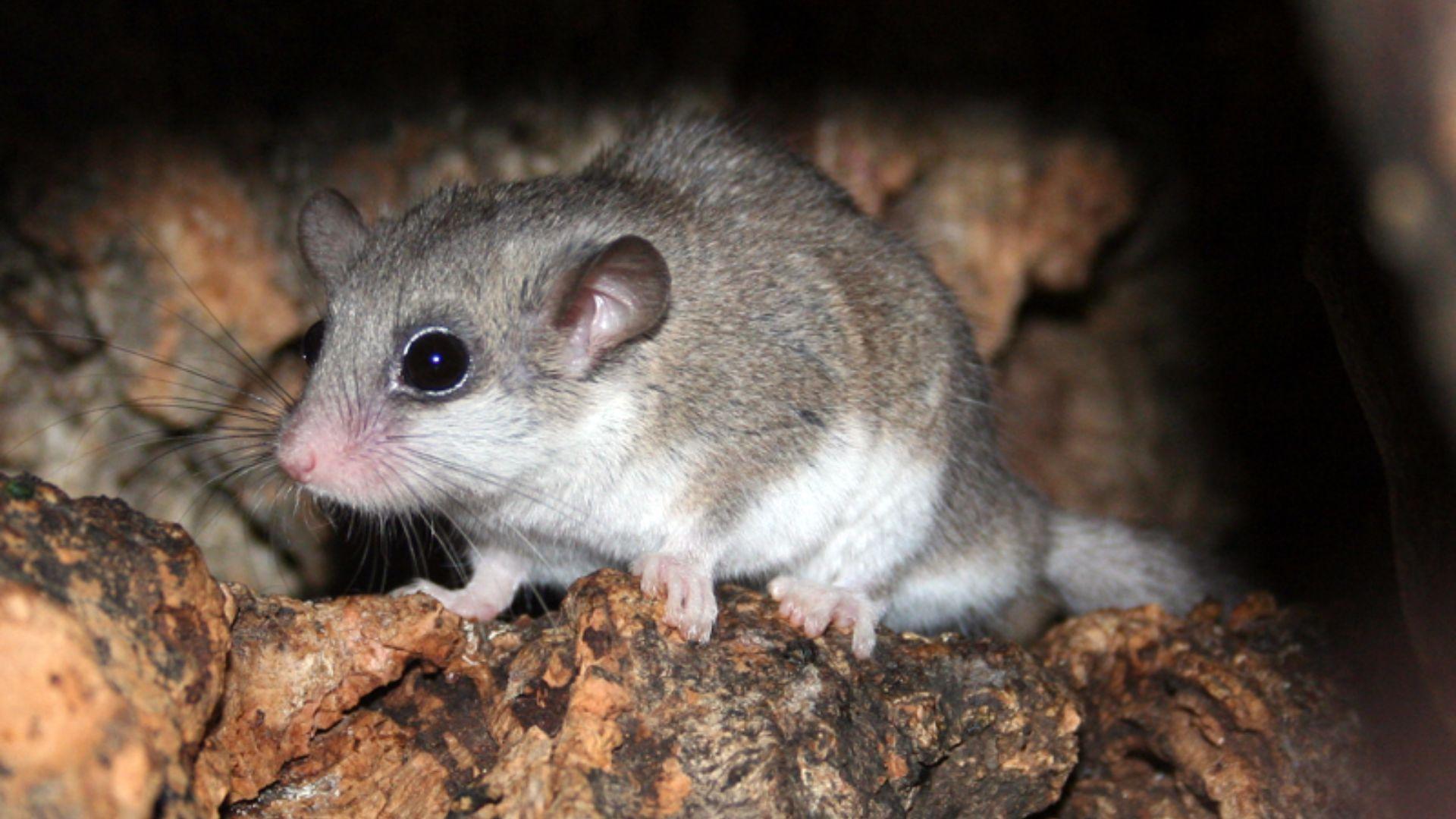
The Dormouse is a small rodent known for its hibernation habits. These nocturnal creatures are found in woodlands and hedgerows, often spending long periods in winter dormancy. Dormice are primarily herbivorous, feeding on seeds, fruits, and flowers during their active months.
- Region of Habitat: Woodlands, hedgerows, and forests across Europe, parts of Asia, and North Africa.
- Scientific Name:Gliridae
- Feeding Habits: Herbivorous, feeding on seeds, fruits, nuts, and flowers.
- What Sound They Make: Dormice make soft squeaks or chirps when communicating.
Fun Facts
Dormice are famous for their ability to hibernate for long periods during the winter. Their slow metabolism helps them survive for months without food, and they often nest in hollow trees or bushes to stay warm.
15. Double Doodle

The Double Doodle is a hybrid breed that combines the golden doodle and the labradoodle. These friendly and intelligent dogs are known for their hypoallergenic coats and playful nature.
Double Doodles are often bred for their trainable temperament, making them great pets for families.
- Region of Habitat: Found in households worldwide, especially as companion pets.
- Scientific Name:Canis lupus familiaris
- Feeding Habits: Omnivorous, typically eating high-quality dog food, including meat, vegetables, and grains.
- What Sound They Make: Double Doodles are known to bark when excited, and their communication includes whining and playful growling.
Fun Facts
Double Doodles are friendly and social, often getting along well with other pets. Their intelligence makes them easy to train, and they are known for being highly energetic and great with children.
16. Doxiepoo

The Doxiepoo is a crossbreed between a Dachshund and a Poodle. This hybrid dog is known for its affectionate nature, intelligence, and low-shedding coat. Doxiepoos are small but have a big personality, making them ideal companions for families and apartment dwellers.
- Region of Habitat: Found in homes worldwide, particularly in urban settings.
- Scientific Name:Canis lupus familiaris
- Feeding Habits: Omnivorous, eating a balanced diet of dog food, including meat, vegetables, and grains.
- What Sound They Make: Doxiepoos bark in response to excitement, strangers, or when they want attention.
Fun Facts
Doxiepoos are known for their unique, curly coat, which combines the Dachshund’s long body with the Poodle’s hypoallergenic fur. This breed is intelligent and easy to train and often excels in obedience tasks.
17. Doxle

The Doxle is a hybrid dog, a mix between a Dachshund and a Beagle. Known for being small yet energetic, Doxles are affectionate, intelligent, and love companionship. They make excellent pets for families, offering a playful personality combined with loyalty and affection.
- Region of Habitat: Found globally, particularly as companion pets in homes and apartments.
- Scientific Name:Canis lupus familiaris
- Feeding Habits: Omnivorous, requiring a diet rich in protein, vegetables, and grains.
- What Sound They Make: Doxles bark to alert their owners and are often very vocal when they want attention.
Fun Facts
Doxles inherit both the Dachshund’s curiosity and the Beagle’s strong sense of smell. This makes them excellent at tracking scents, and they tend to enjoy sniffing around on walks or exploring new environments.
18. Drever

The Drever is a medium-sized hound dog originally from Sweden, known for its scent-tracking abilities. This energetic, intelligent breed is often used for hunting. Drevers are loyal and friendly, making them good companions for active families who can provide plenty of exercise.
- Region of Habitat: Originated in Sweden, commonly found in homes with active families.
- Scientific Name:Canis lupus familiaris
- Feeding Habits: Carnivorous, eating primarily meat-based food, including dog food rich in proteins.
- What Sound They Make: Drevers are known for their distinctive baying and barking when tracking scents.
Fun Facts
Drevers are excellent hunters and have been used for tracking and flushing small game like rabbits and foxes. Despite their hunting instincts, they are gentle and affectionate, forming strong bonds with their families.
19. Dwarf Hamster

Dwarf hamsters are tiny nocturnal rodents known for their small size and energetic behavior. They are popular pets due to their low maintenance needs and playful personalities.
Dwarf hamsters are social, often kept in pairs or groups, and enjoy running on exercise wheels.
- Region of Habitat: Native to parts of Europe, Asia, and the Middle East.
- Scientific Name:Phodopus
- Feeding Habits: Omnivorous, eating seeds, grains, fruits, and vegetables.
- What Sound They Make: Dwarf hamsters make soft squeaking or chirping sounds when communicating.
Fun Facts
Dwarf hamsters are known for their cheek pouches, which they use to store food and transport it to their burrows. Despite their small size, they can run up to 8 miles a night on their exercise wheel.
20. Desert Hare
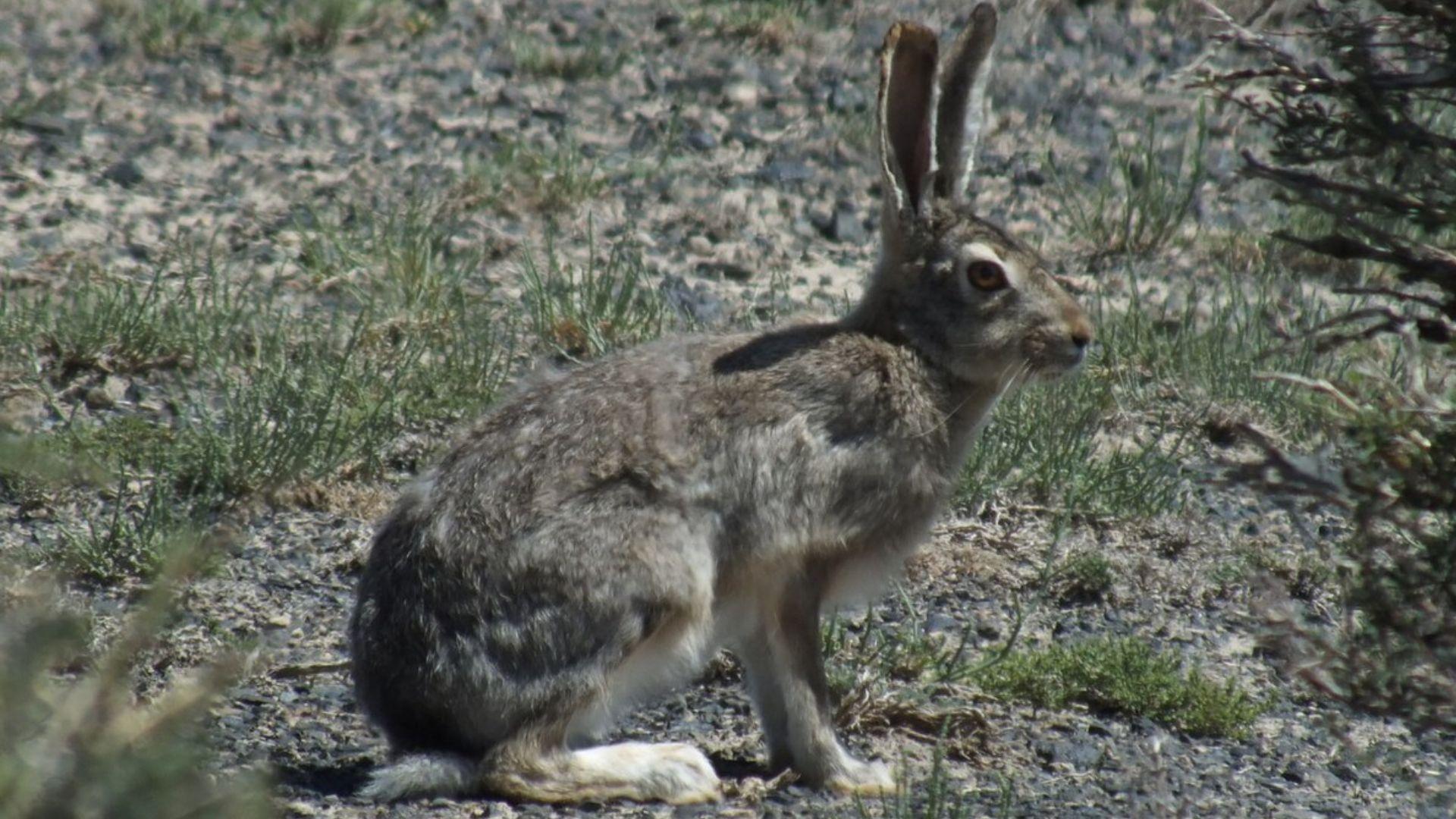
The Desert Hare is a large, fast-running mammal found in arid regions. Known for its long ears and powerful hind legs, it is well-adapted to life in the desert.
Desert hares are herbivores and can survive without much water, getting moisture from the plants they eat.
- Region of Habitat: Found in deserts across North America, particularly the southwestern United States and northern Mexico.
- Scientific Name:Lepus californicus
- Feeding Habits: Herbivores, feeding on grasses, shrubs, and cacti.
- What Sound They Make: Desert hares are typically silent, but they may make soft grunts or squeals when threatened.
Fun Facts
Desert Hares are incredibly fast, capable of running speeds up to 45 miles per hour. Their long ears help dissipate heat, allowing them to regulate their body temperature in the extreme desert heat.
Other Mammals Starting with The Letter “D”
21. Dachsador
The Dachsador is a mixed breed between a Dachshund and a Labrador Retriever. This hybrid inherits the Dachshund’s small stature and the Labrador’s playful, friendly nature.
They are loyal, affectionate, and good with children, making them excellent family pets.
- Region of Habitat: Found globally as a household companion.
- Scientific Name:Canis lupus familiaris
- Feeding Habits: Omnivorous, eating high-quality dog food, meats, and vegetables.
- What Sound They Make: Typically barks to alert or greet, often with an excited, playful sound.
22. Dalmadoodle
The Dalmadoodle is a hybrid between a Dalmatian and a Poodle. Known for their playful, energetic nature, they are intelligent and easy to train.
Dalmadoodles are also hypoallergenic, making them suitable for families with allergies.
- Region of Habitat: Found in households worldwide, especially as companion pets.
- Scientific Name:Canis lupus familiaris
- Feeding Habits: Omnivorous, typically eating high-quality dog food with meat and vegetables.
- What Sound They Make: Known for their distinctive barking, often excited and playful.
23. Dalmador
A Dalmador is a cross between a Dalmatian and a Labrador Retriever. This hybrid breed combines the friendly and social nature of both parent breeds.
Dalmadors are highly energetic, affectionate, and great family pets.
- Region of Habitat: Commonly found in homes worldwide as companion animals.
- Scientific Name:Canis lupus familiaris
- Feeding Habits: Omnivorous, requiring a balanced diet of high-protein dog food.
- What Sound They Make: They make playful barks and occasionally whine when they seek attention.
24. Dapple Dachshund
Dapple Dachshunds are a variety of Dachshund that are characterized by their unique, mottled coat pattern. They have the same playful, curious nature as regular Dachshunds but with distinctive coat markings. They are friendly, affectionate, and highly energetic.
- Region of Habitat: Originated in Germany but commonly found globally as companion animals.
- Scientific Name:Canis lupus familiaris
- Feeding Habits: Omnivorous, typically fed high-quality dog food, including meats and vegetables.
- What Sound They Make: Dapple Dachshunds are known for their high-pitched, energetic bark.
25. Darwin’s Fox
Darwin’s Fox is a small, endangered species of fox native to Chile. It is typically found in the temperate forests of the island of Chiloé.
Known for their reddish-brown fur, Darwin’s foxes are primarily solitary and eat small mammals, birds, and fruits.
- Region of Habitat: Native to the temperate forests of Chile, particularly on Chiloé Island.
- Scientific Name:Lycalopex fulvipes
- Feeding Habits: Carnivorous, feeding on small mammals, birds, and fruits.
- What Sound They Make: Darwin’s Foxes emit high-pitched barks and yips, which are typically used for communication within their territory.
26. Deutsche Bracke
The Deutsche Bracke is a German hunting dog known for its incredible scent-tracking abilities. It is often used in the field to hunt game like deer and boar.
The breed is loyal, intelligent, and has a strong sense of independence.
- Region of Habitat: Originated in Germany, typically used as a hunting companion.
- Scientific Name:Canis lupus familiaris
- Feeding Habits: Carnivorous, with a diet focused on protein-rich dog food.
- What Sound They Make: Known for their loud, resonant bark when on the trail of prey.
27. Devon Rex
The Devon Rex is a unique cat breed known for its soft, curly coat and large ears. These cats are friendly, affectionate, and highly social, often bonding closely with their owners. They are also known for their intelligence and playful personalities.
- Region of Habitat: Originated in England, commonly kept as indoor pets.
- Scientific Name:Felis catus
- Feeding Habits: Carnivorous, primarily consuming wet food, including high-protein meat.
- What Sound They Make: Devon Rex cats make soft, chirping meows and trills, often when seeking attention.
28. Dhole
The Dhole, also known as the Asian wild dog, is a carnivorous mammal native to Asia. These dogs are known for their social packs and hunting prowess, often working together to take down prey like deer and wild boar. They are highly intelligent and elusive animals.
- Region of Habitat: Found across Asia, primarily in forests and grasslands.
- Scientific Name:Cuon alpinus
- Feeding Habits: Carnivorous, primarily hunting in packs to catch large game.
- What Sound They Make: Dholes communicate using high-pitched whistles and yips, often when hunting in packs.
29. Dik-Dik
The Dik-Dik is a small antelope native to the bushlands and savannas of East Africa. Known for their tiny size and delicate appearance, these herbivores primarily feed on leaves, fruits, and grasses. Due to their speed and agility, they are excellent at evading predators.
- Region of Habitat: Found in Eastern Africa, especially in savannas and shrublands.
- Scientific Name:Madoqua
- Feeding Habits: Herbivorous, feeding on leaves, fruits, and grasses.
- What Sound They Make: Dik-Diks produce high-pitched, whistle-like sounds to communicate alarm.
30. Diminutive Woodrat
The Diminutive Woodrat is a small rodent found primarily in North America. It is known for its nesting habits, often building elaborate nests in tree branches or rock crevices.
Woodrats are omnivorous, eating a variety of seeds, fruits, and small invertebrates.
- Region of Habitat: Found across North America, especially in woodlands and forests.
- Scientific Name:Neotoma
- Feeding Habits: Omnivorous, feeding on seeds, fruits, and small invertebrates.
- What Sound They Make: Diminutive Woodrats communicate with soft chirps and squeaks, particularly in distress.
31. Dingo
The Dingo is a wild dog native to Australia. Known for their independence and hunting skills, Dingos have adapted well to the Australian outback.
While they are not typically domesticated, they are highly intelligent and can form close bonds within packs, often displaying behaviors similar to both wild and domestic dogs.
- Region of Habitat: Native to Australia, commonly found in deserts, forests, and grasslands.
- Scientific Name:Canis lupus dingo
- Feeding Habits: Carnivorous, primarily hunting small mammals, birds, and reptiles.
- What Sound They Make: Dingos communicate through howls, barks, and growls, often in the wild to alert pack members.
32. Dugong
The Dugong is a marine mammal found in warm coastal waters of the Indian and Pacific Oceans. These gentle creatures are closely related to manatees and are known for their herbivorous diet, feeding primarily on seagrasses.
Dugongs are listed as vulnerable due to habitat destruction and hunting.
- Region of Habitat: Found in coastal waters of the Indian and Pacific Oceans, particularly around Southeast Asia and Northern Australia.
- Scientific Name:Dugong dugon
- Feeding Habits: Herbivorous, feeding mainly on seagrasses in shallow coastal waters.
- What Sound They Make: Dugongs make a variety of sounds, including grunts and squeals, to communicate in their aquatic environments.
33. Dunker
The Dunker is a Norwegian dog breed primarily known for its hunting abilities. These medium-sized dogs are energetic and loyal and are often used for tracking game like small mammals and birds.
Dunkers are friendly, well-tempered, and have a strong scenting ability, making them excellent hunting companions.
- Region of Habitat: Originated in Norway, often used for hunting and companion animals.
- Scientific Name:Canis lupus familiaris
- Feeding Habits: Omnivorous, primarily eating high-quality dog food with meat and vegetables.
- What Sound They Make: Dunkers are known for their loud barks, particularly when hunting or alerting their owners.
34. Dusky Dolphin
The Dusky Dolphin is a small, agile species of dolphin found in the coastal waters of the southern hemisphere, particularly around New Zealand and South America.
Known for their acrobatic displays, they are social animals that often travel in pods and are highly active in both the water and on the surface.
- Region of Habitat: Coastal waters of the southern hemisphere, especially near New Zealand, South America, and southern Africa.
- Scientific Name:Lagenorhynchus obscurus
- Feeding Habits: Carnivorous, primarily eating fish, squid, and other marine life.
- What Sound They Make: Dusky dolphins communicate using clicks, whistles, and echolocation to navigate and hunt.
35. Dall’s Porpoise
The Dall’s Porpoise is a small species of porpoise found in the northern Pacific Ocean. Known for their swift swimming and distinctive black-and-white coloration, they are often seen in pods and are active hunters, feeding on fish and squid.
They are one of the fastest porpoises, capable of reaching speeds over 35 miles per hour.
- Region of Habitat: Found in the northern Pacific Ocean, particularly off the coasts of North America and Asia.
- Scientific Name:Phocoenoides dalli
- Feeding Habits: Carnivorous, primarily feeding on fish, squid, and other marine organisms.
- What Sound They Make: Dall’s Porpoises make high-pitched clicks and whistles, used for communication and echolocation.
36. Damaraland Mole-Rat
The Damaraland Mole-Rat is a subterranean mammal found in the arid regions of Namibia and Angola.
These social rodents live in large colonies and are known for their highly organized, eusocial structure, similar to that of ants or termites. They spend most of their lives underground, feeding on roots and tubers.
- Region of Habitat: Arid regions of Namibia and Angola, particularly in sandy soils.
- Scientific Name:Fukomys ansell
- Feeding Habits: Herbivorous, primarily feeding on roots, tubers, and underground plant matter.
- What Sound They Make: Mole-rats are typically silent but can communicate through high-pitched squeaks or vibrations in their tunnels.
37. Daurian Hedgehog
The Daurian Hedgehog is a small mammal found in parts of eastern Russia, Mongolia, and northern China.
It is nocturnal and primarily feeds on insects, small invertebrates, and plant matter. These solitary creatures are known for curling into a spiky ball when threatened.
- Region of Habitat: Eastern Russia, Mongolia, and northern China, particularly in grasslands and forests.
- Scientific Name:Mesechinus dauuricus
- Feeding Habits: Omnivorous, eating insects, small invertebrates, and plant material.
- What Sound They Make: Daurian Hedgehogs make soft grunts and squeaks, particularly when feeding or interacting with each other.
Summing It Up
Mammals with D names represent the amazing diversity found in the animal kingdom. From the tiny Dwarf Hamster to the massive Dugong, these animals have adapted to life in many different places.
Some serve as working animals like the Deutsche Bracke, while others like the Dik-Dik avoid predators with amazing speed.
If they bark, squeak, grunt, or stay silent, each brings something unique to their environment.
Learning about these creatures helps build appreciation for the natural world. After all, finding animals is just the first step to protecting them!
If you’re interested in more informative animal and wildlife content, feel free to click here and explore other blogs that you might enjoy!




